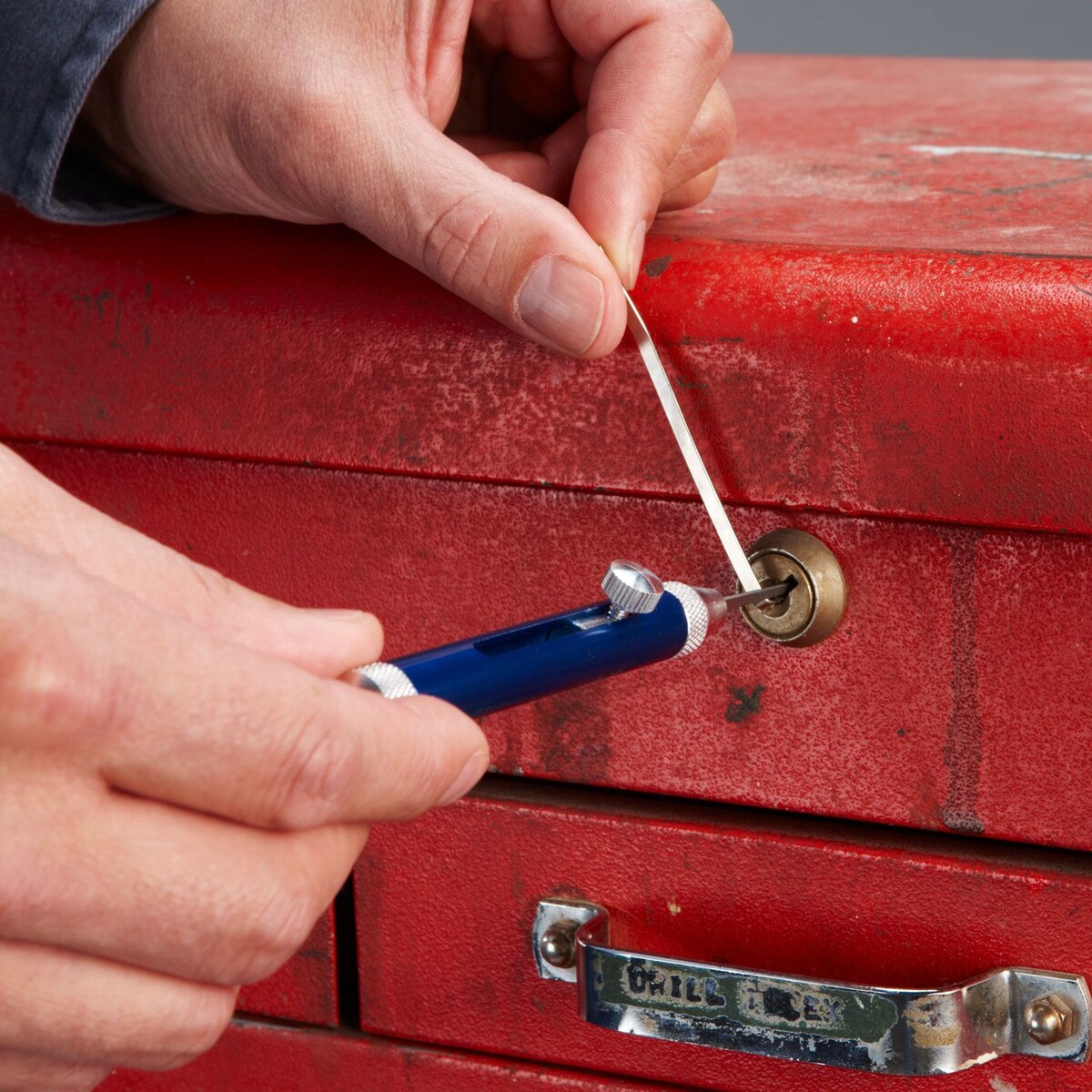

Articles
How To Pick A Tool Box Lock
Modified: August 16, 2024
Learn how to pick a tool box lock with our informative articles. Unlock your toolbox with ease using our step-by-step guides and expert tips.
(Many of the links in this article redirect to a specific reviewed product. Your purchase of these products through affiliate links helps to generate commission for Storables.com, at no extra cost. Learn more)
Introduction
Tool boxes are essential for storing and organizing our valuable tools. However, there may come a time when you find yourself locked out of your tool box, either due to a misplaced key or a faulty lock mechanism. In these situations, knowing how to pick a tool box lock can be extremely useful.
Picking a tool box lock requires some knowledge and skill, but with the right tools and techniques, you can regain access to your tools without causing any damage to the lock or the box itself. In this article, we will guide you through the process of picking a tool box lock, step-by-step.
Before diving into the process, it is important to understand the different types of tool box locks that are commonly used. This will help you choose the appropriate tools and techniques for picking the specific lock you are dealing with.
There are primarily two types of tool box locks: key-based locks and combination locks. Key-based locks require a physical key to unlock, while combination locks rely on a series of numbers or symbols to be entered in the correct sequence.
Key-based locks are further categorized into wafer locks and pin-tumbler locks. Wafer locks are commonly found in lower security tool boxes and use wafer tumblers that must be lifted to the correct height in order to unlock the lock. Pin-tumbler locks, on the other hand, are more secure and feature pins that must be aligned at the shear line to open the lock.
Now that we have a basic understanding of tool box locks, let’s move on to the tools you will need for the lock picking process.
Key Takeaways:
- Mastering the art of picking a tool box lock requires understanding the lock type, using the right tools, and practicing patience and precision to avoid damage and regain access to your tools.
- Prioritize safety, legal considerations, and ethical use of lock picking skills. Remember to respect the lock and its surroundings, and always have a backup plan in case of difficulties.
Read more: How To Replace A Lock On A Truck Tool Box
Understanding Tool Box Locks
Before attempting to pick a tool box lock, it is important to have a good understanding of how the lock works. This knowledge will help you identify the key components and determine the best approach for picking the lock.
As mentioned earlier, there are different types of tool box locks, including wafer locks and pin-tumbler locks. Wafer locks are often found in lower security tool boxes and are relatively easier to pick compared to pin-tumbler locks.
Wafer locks consist of a series of wafers or spring-loaded pins that block the rotation of the lock’s core. The key has notches that correspond to the height and position of each wafer. When the correct key is inserted, the notches lift the wafers to the correct height, aligning them with the shear line, allowing the lock to rotate and open.
Pin-tumbler locks are more complex and offer higher security. They consist of a series of pins that must be correctly aligned to open the lock. Each pin is made up of a top pin and a bottom pin, separated by a spring. When the correct key is inserted, the pins are lifted to the correct height, allowing the core to rotate and the lock to open.
It is also important to note that some higher-end tool box locks may feature additional security features, such as anti-pick pins or sidebars, which make the lock even more challenging to pick.
By understanding how the lock works, you can determine the appropriate picking technique and tools needed. Now, let’s move on to the tools required for picking a tool box lock.
Tools for Picking a Tool Box Lock
To successfully pick a tool box lock, you will need a few essential tools. These tools will help you manipulate the internal components of the lock and mimic the action of a key. Here are the tools you will need:
- Tension Wrench: The tension wrench is used to apply rotational pressure to the lock’s core. It is inserted into the bottom of the keyway and acts as a rotational force to simulate the turning action of a key.
- Pick Set: A pick set consists of various picks that are used to manipulate the pins or wafers inside the lock. The picks come in different shapes and sizes to accommodate different types of locks and individual preferences.
- Hook Pick: The hook pick is one of the most commonly used picks for pin-tumbler locks. It has a curved end that is used to push up the pins individually to the correct height.
- Rake Pick: The rake pick is a versatile tool that can be used to quickly manipulate multiple pins or wafers simultaneously. It has a series of jagged edges that allow you to rake the pins or wafers up and down to simulate the key’s action.
- Torsion Bar: Similar to a tension wrench, the torsion bar applies rotational pressure to the lock’s core. It is inserted into the top of the keyway and provides a firm grip for turning the lock.
These tools can be found in lock picking sets that are specifically designed for manipulating locks. It is important to invest in a high-quality set to ensure durability and ease of use.
Additionally, having a small flashlight or a headlamp can be useful for illuminating the lock and providing better visibility of the internal components as you pick the lock.
Now that you are familiar with the tools required, let’s move on to the step-by-step guide on how to pick a tool box lock.
Step-by-Step Guide: How to Pick a Tool Box Lock
Picking a tool box lock requires patience and precision. Follow these steps carefully to successfully pick the lock and regain access to your tools:
- Prepare the tools: Gather your lock picking tools, including a tension wrench and a pick set.
- Insert the tension wrench: Insert the tension wrench into the bottom of the keyway and apply slight rotational pressure in the direction that the key would turn.
- Feel for binding pins or wafers: Gently push the pins or wafers upward using the pick tool. Pay attention to any pins or wafers that feel stiff or resistant, as these are likely the binding pins or wafers.
- Lift the binding pins or wafers: Carefully lift the binding pins or wafers to the correct height. Apply gentle pressure while lifting, and listen for a slight click or feel for a subtle movement in the core of the lock.
- Move on to the next binding pin or wafer: Release the tension on the tension wrench and move on to the next binding pin or wafer. Repeat the process of lifting and releasing pressure until all pins or wafers are set.
- Apply rotational pressure: Once all pins or wafers are set, apply firm rotational pressure on the tension wrench in the direction that the key would turn. Keep the pressure consistent and continue to turn the tension wrench until the lock rotates and opens.
- Test the lock: Once the lock is picked, test it by rotating the core fully and ensuring smooth operation and the ability to lock and unlock the tool box.
Remember, picking a lock requires practice and patience. It may take several attempts before you master the technique. Take your time, be gentle with the lock, and avoid using excessive force that could potentially damage the lock or your tools.
Now that you know the step-by-step process of picking a tool box lock, let’s move on to some useful tips to increase your success rate.
When picking a tool box lock, make sure to use the correct size and type of lock pick. Apply gentle pressure while manipulating the pins to avoid damaging the lock.
Tips for Successful Lock Picking
Lock picking is a skill that requires practice and technique. Here are some tips to increase your chances of successfully picking a tool box lock:
- Start with simple locks: If you are new to lock picking, it is best to begin with simpler locks before attempting more complex ones. This will allow you to build your skills and confidence gradually.
- Use proper tension: Apply consistent and light rotational pressure on the tension wrench. The amount of pressure may vary depending on the lock, so experiment with different levels of tension to find the “sweet spot” that allows the pins or wafers to move freely.
- Feel for feedback: As you pick the lock, pay close attention to the feedback you receive. Listen for the subtle clicks or feel for the slight movements in the lock core as the pins or wafers set. This feedback will guide you towards successful lock picking.
- Work one pin or wafer at a time: Focus on manipulating one pin or wafer at a time. Lift and set each one before moving on to the next, as this will increase your control and accuracy during the picking process.
- Be patient: Lock picking requires patience and persistence. Take your time and avoid rushing through the process. It may take several attempts before successfully opening the lock, especially if it is a more complex or higher-security lock.
- Practice proper technique: Pay attention to your technique and hold the lock picking tools correctly. Ensure that the picks are aligned properly with the pins or wafers and use controlled and precise movements to avoid causing unnecessary damage.
- Keep your tools clean and in good condition: Regularly clean and maintain your lock picking tools to ensure optimal performance. Dirt or debris can hinder the picking process, so keep your tools clean and free from any obstructions.
Remember, lock picking should only be used for legitimate purposes and with proper authorization. It is essential to respect the laws and ethics surrounding lock picking activities.
Now that you are equipped with these tips, let’s move on to discussing important safety precautions to keep in mind while picking a tool box lock.
Read also: 15 Best Tool Box Lock for 2025
Safety Precautions
While picking a tool box lock can be a useful skill, it’s important to prioritize safety throughout the process. Here are some safety precautions to keep in mind:
- Legal considerations: Make sure you are aware of the legalities surrounding lock picking in your area. Lock picking should only be done with proper authorization or for lawful purposes. Engaging in lock picking activities without permission can have legal consequences.
- Use caution with delicate tools: Lock picking tools are delicate and can break if mishandled. Avoid applying excessive force or bending the tools, as this can result in damage to the lock or injury to yourself.
- Protect your eyes: Wear safety goggles or glasses to protect your eyes from any small particles that may be dislodged during the picking process.
- Pick in a well-lit area: Ensure you have sufficient lighting to clearly see and manipulate the lock components. A well-lit environment will help you pick the lock more accurately and reduce the risk of damaging the lock or tools.
- Have a backup plan: If you are unable to pick the lock or encounter any difficulties, have a backup plan in place. This may include contacting a professional locksmith to assist you or exploring alternative methods such as using a spare key or seeking assistance from the tool box manufacturer.
- Stay focused: Lock picking requires concentration and focus. Avoid distractions or attempting to pick a lock when you are tired or not fully alert. This will help minimize errors and potential accidents.
- Respect the lock and its surroundings: Treat the lock and the tool box with care and respect. Avoid unnecessary force or aggressive techniques that could damage the lock or the tool box itself.
Remember, safety should always be a priority throughout the lock picking process. By following these precautions, you can protect yourself, prevent damage, and approach lock picking in a responsible manner.
Now that you are aware of the safety precautions, let’s conclude this article.
Conclusion
Knowing how to pick a tool box lock can be a valuable skill, especially in situations where you find yourself locked out of your own tool box. While lock picking requires practice and patience, it can save you time and money by allowing you to regain access to your tools without the need for a locksmith or potential damage to the lock or box.
In this article, we have covered the basics of tool box locks, including the different types of locks commonly used. We have also discussed the essential tools needed for picking a tool box lock, such as tension wrenches, pick sets, and torsion bars.
Furthermore, we provided a step-by-step guide to help you pick a tool box lock successfully. Remember to apply proper tension, lift the binding pins or wafers carefully, and observe the feedback from the lock as you progress.
We also shared some valuable tips to improve your lock picking skills, emphasizing the importance of patience, practice, and proper technique. Additionally, we highlighted the need to prioritize safety throughout the process, following legal considerations, protecting your eyes, and working in a well-lit environment.
Lastly, we emphasized the importance of respecting the lock and its surroundings, as well as having a backup plan in case you encounter difficulties during the picking process.
Remember that lock picking should only be done for legitimate purposes and with proper authorization. Always be aware of the legal considerations in your area and follow ethical guidelines when engaging in lock picking activities.
With practice and experience, you can become proficient at picking tool box locks and handle unexpected situations with ease. However, it is essential to use this skill responsibly and ethically.
Now that you have a comprehensive understanding of how to pick a tool box lock, you can confidently apply your knowledge when the need arises.
Now that you've mastered the art of picking a tool box lock, consider elevating your organizational skills with our latest guide on optimal tool storage solutions. Keeping tools secure yet accessible can truly transform your workspace efficiency. Our upcoming article offers an insightful look into the best setups for storing your tools, ensuring they are neatly arranged and always at hand for any project. Don't miss out on these clever storage ideas that could simplify your work and enhance your crafting zone.
Frequently Asked Questions about How To Pick A Tool Box Lock
Was this page helpful?
At Storables.com, we guarantee accurate and reliable information. Our content, validated by Expert Board Contributors, is crafted following stringent Editorial Policies. We're committed to providing you with well-researched, expert-backed insights for all your informational needs.
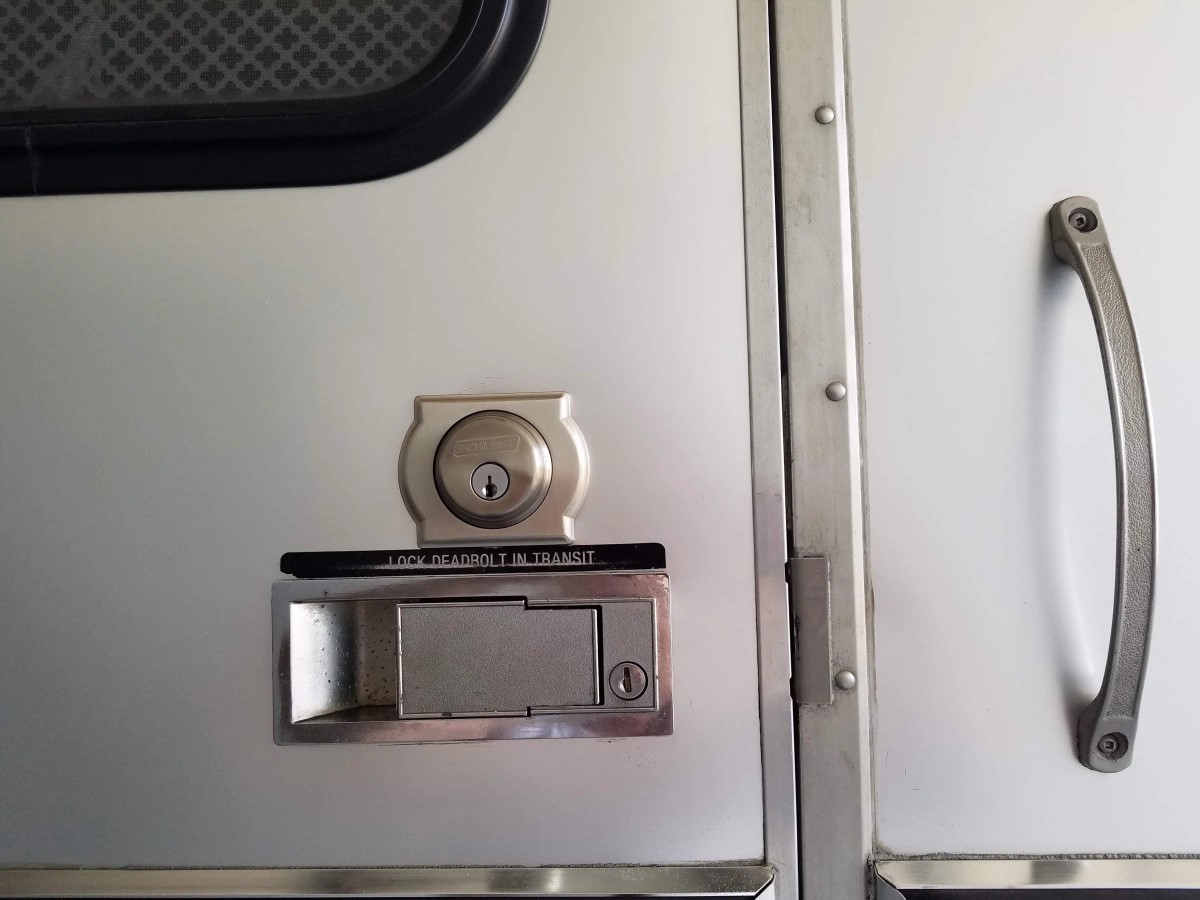

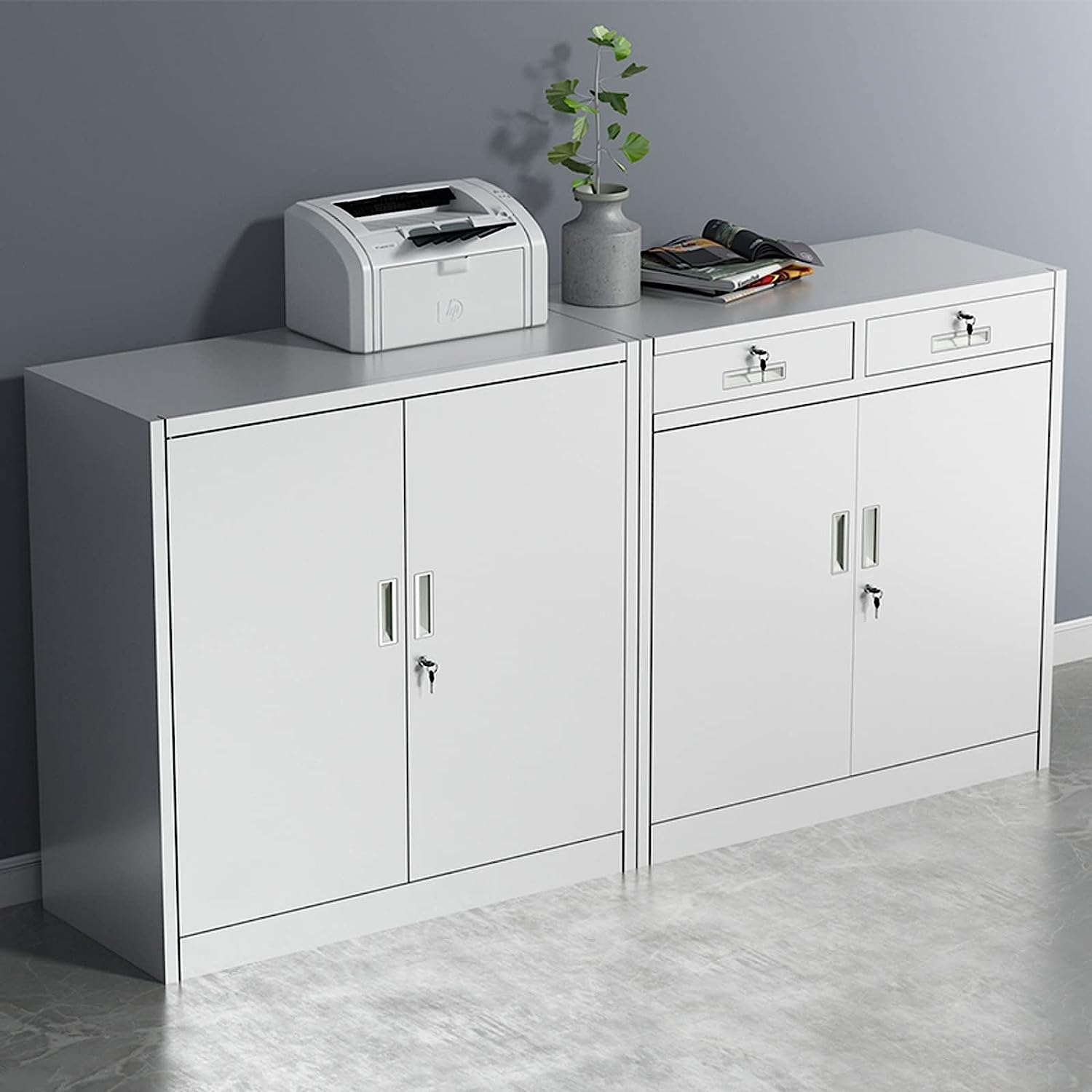

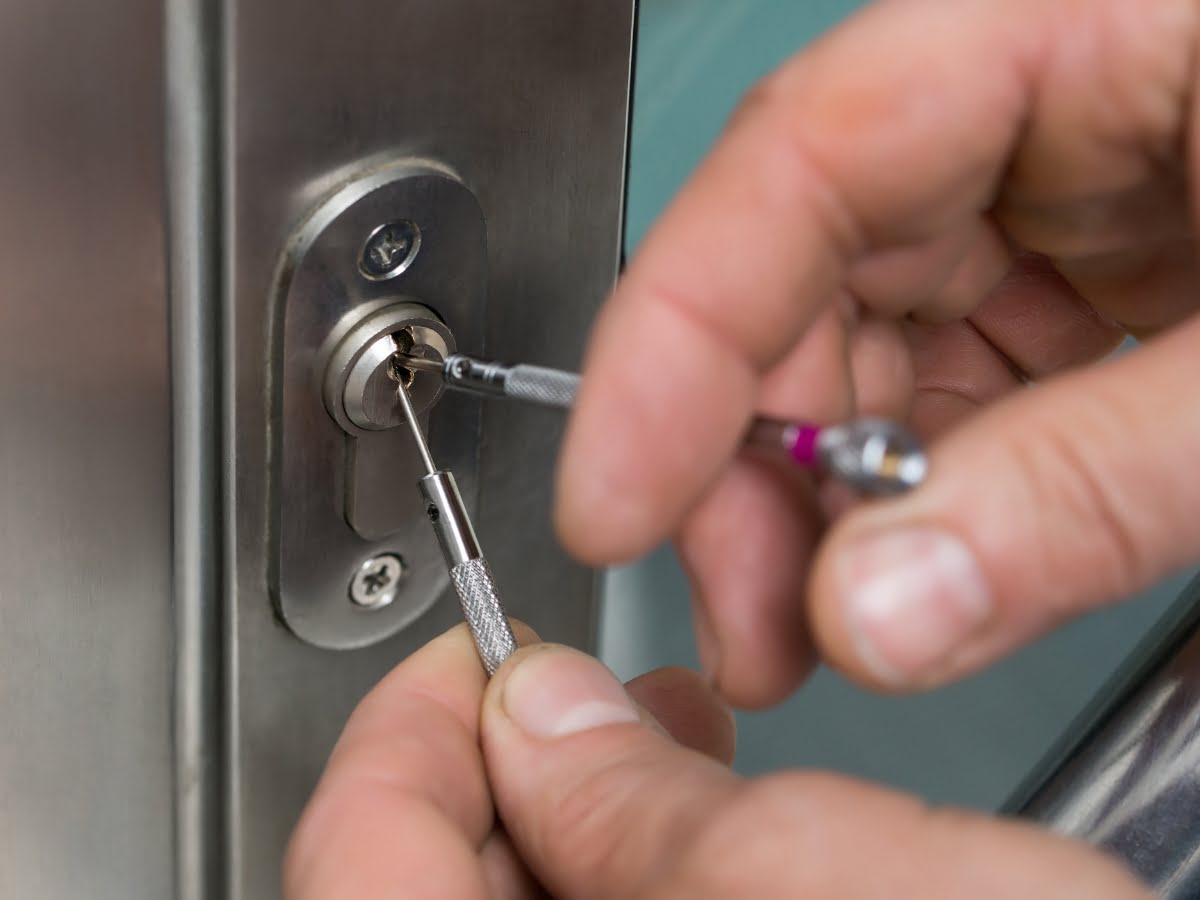
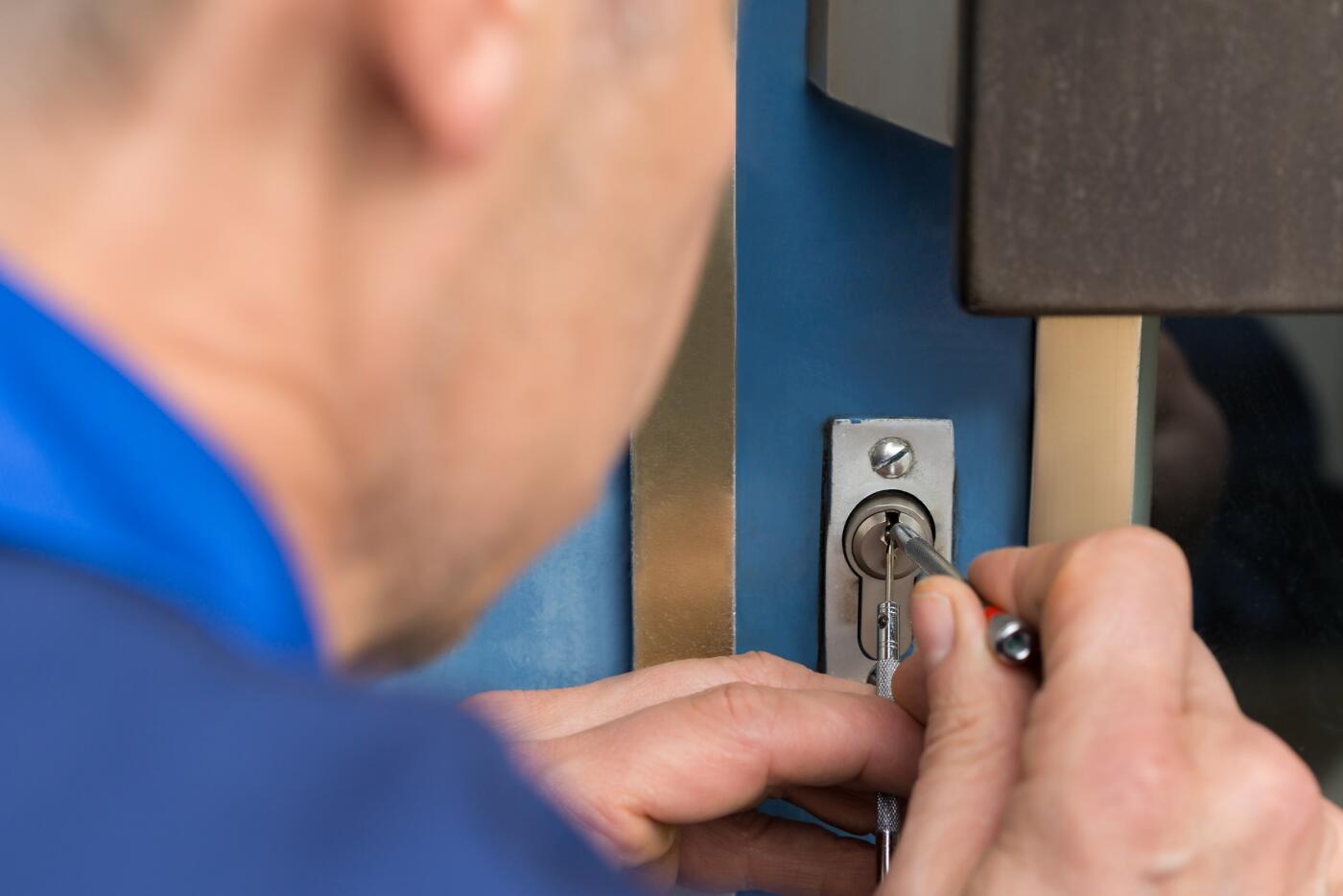
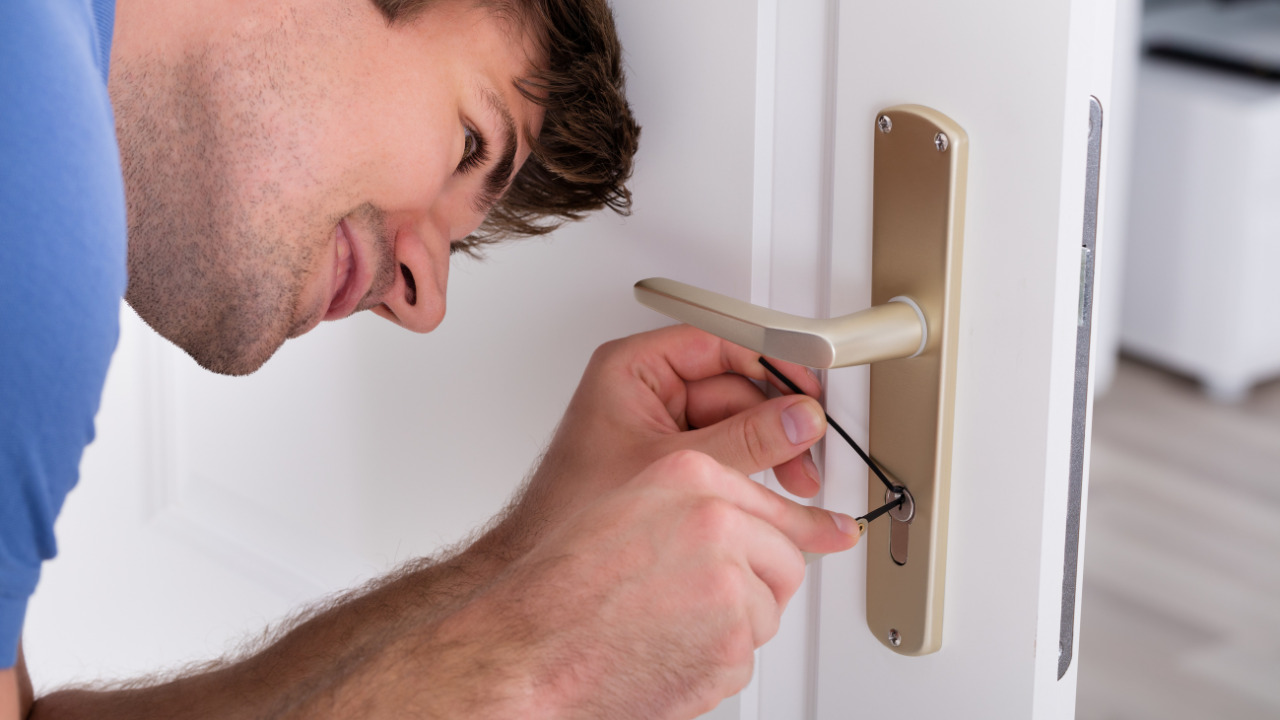
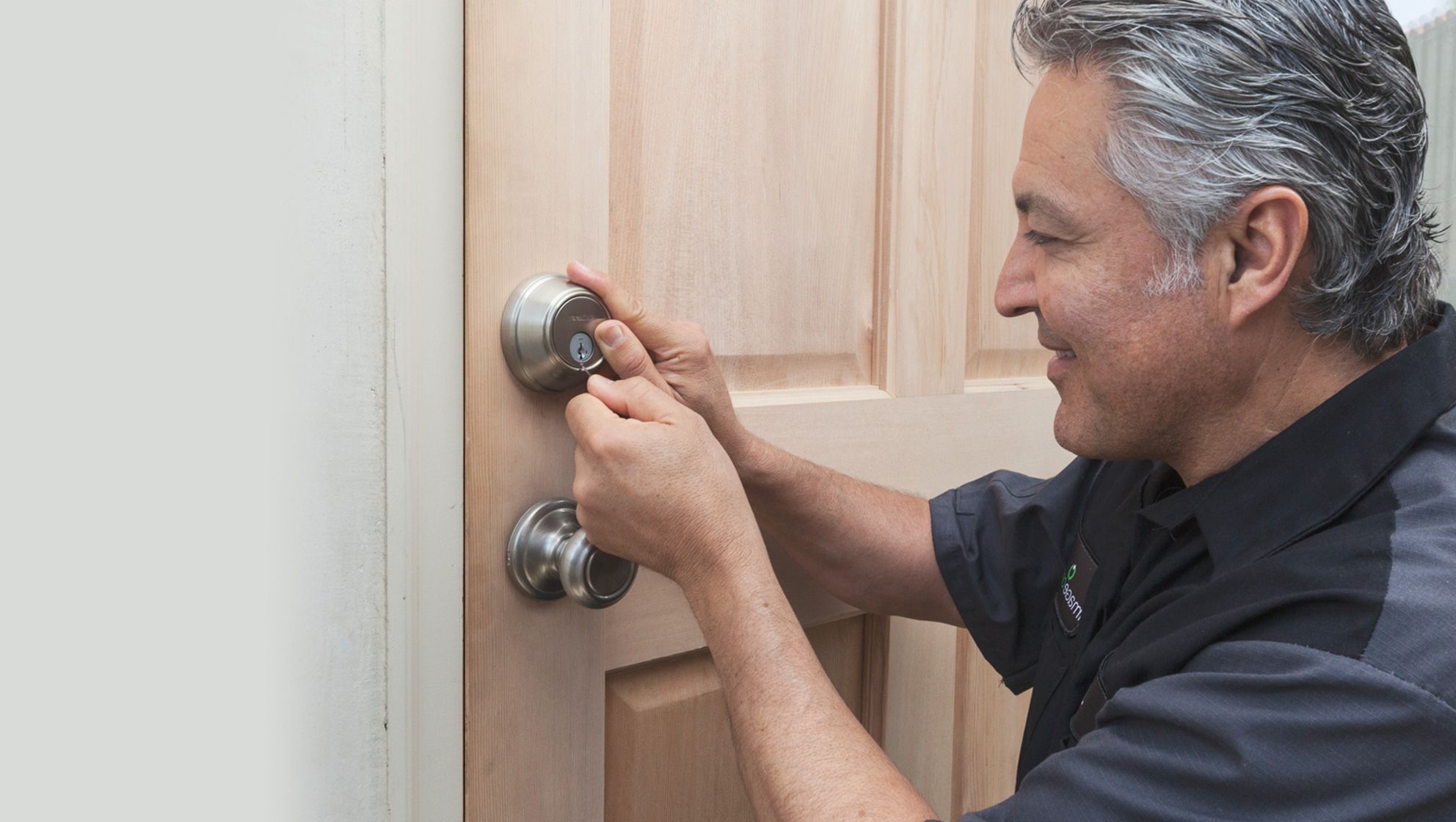
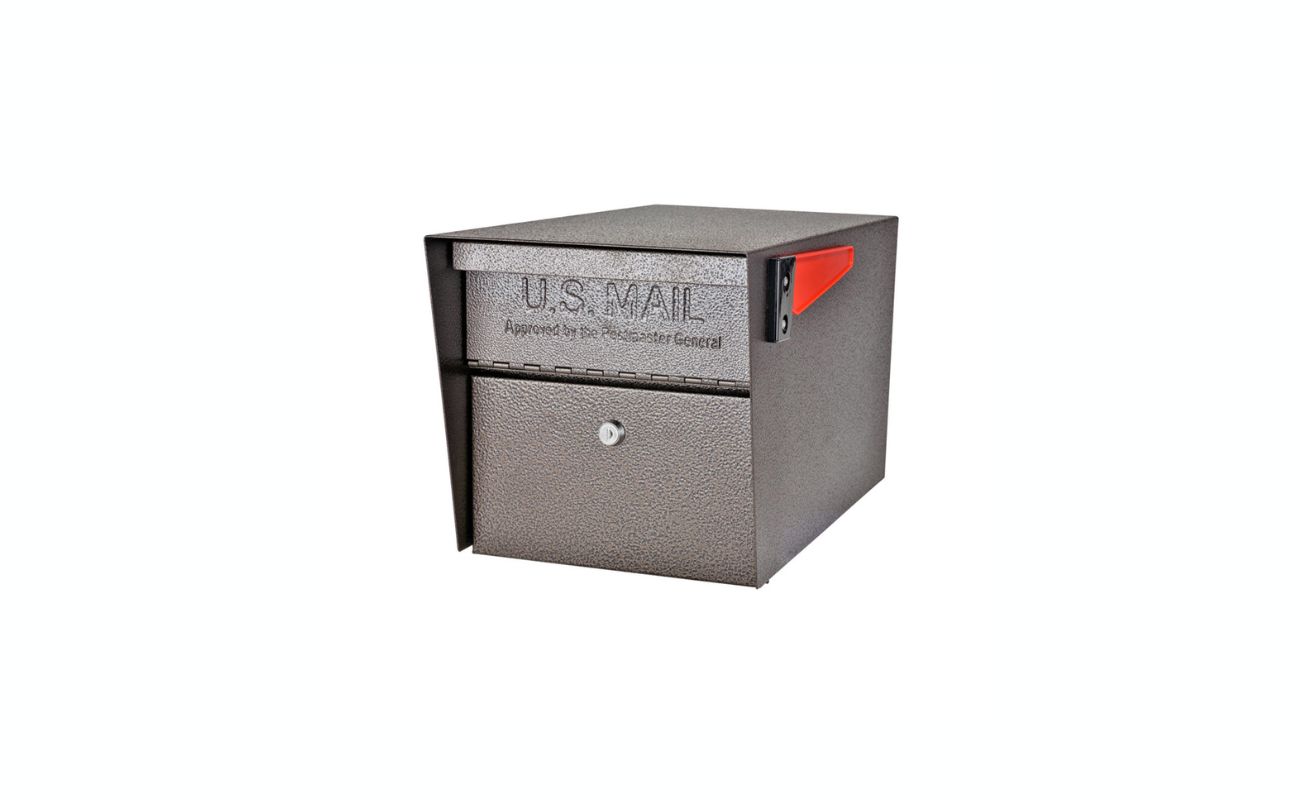

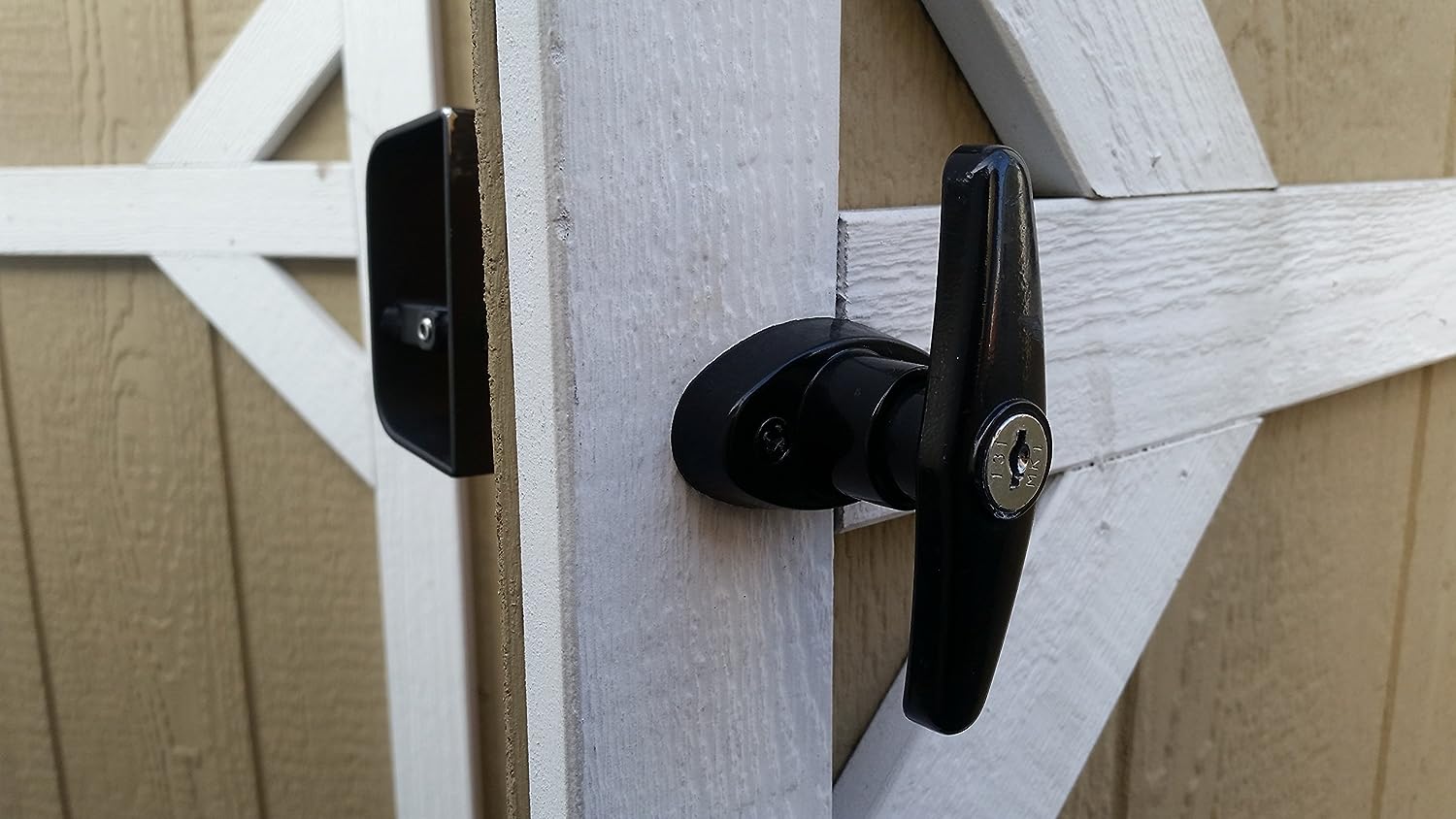
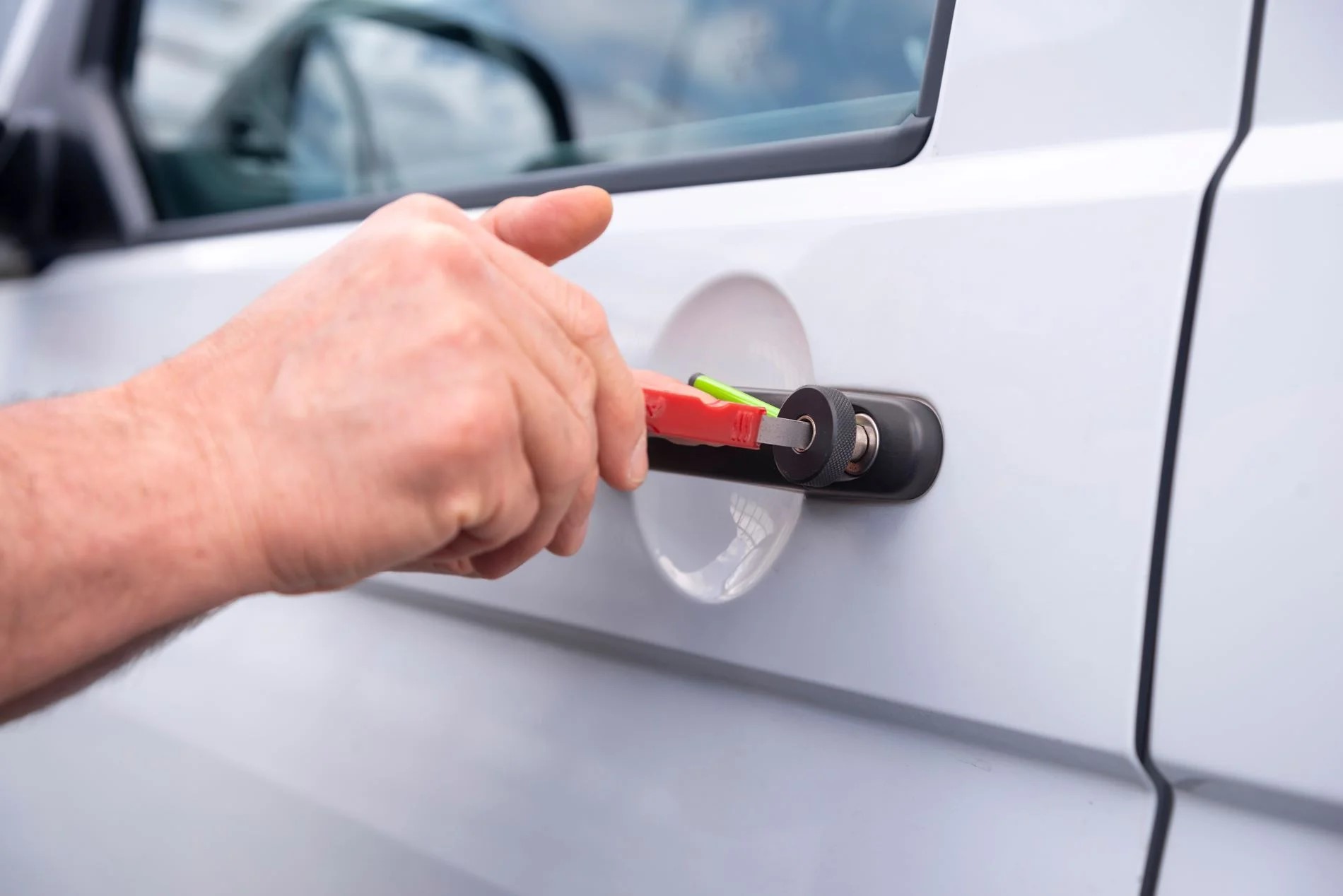
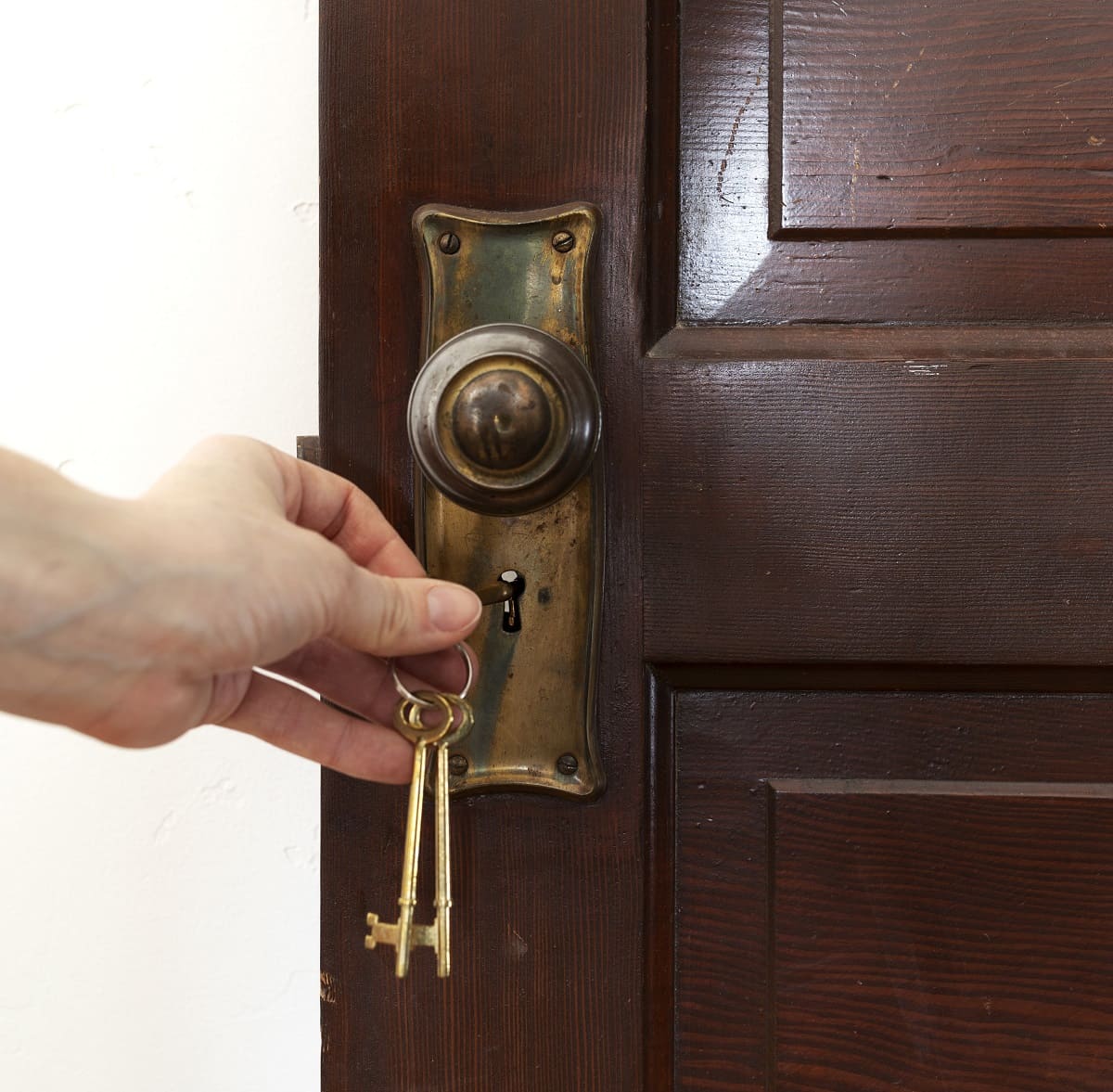
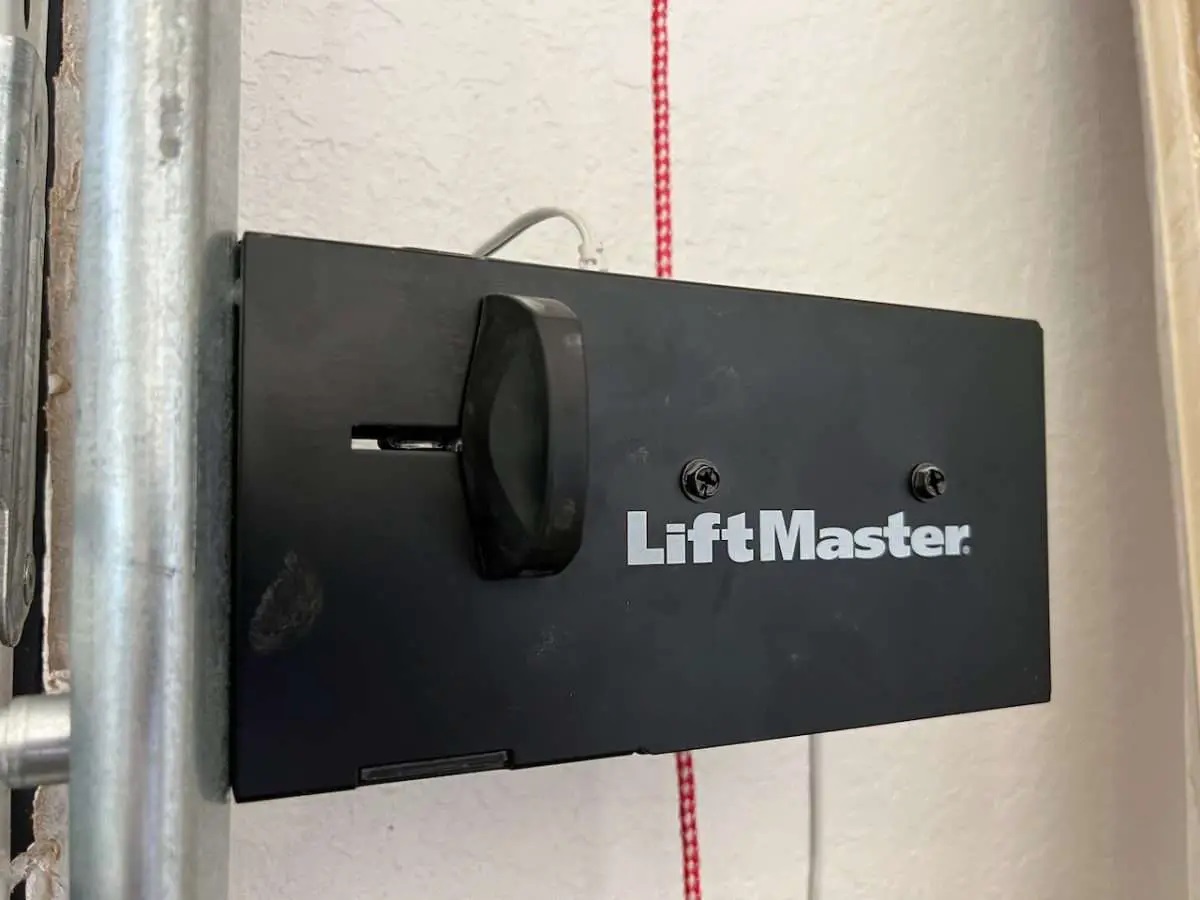

0 thoughts on “How To Pick A Tool Box Lock”